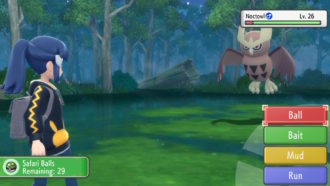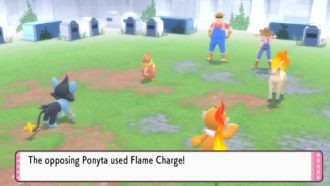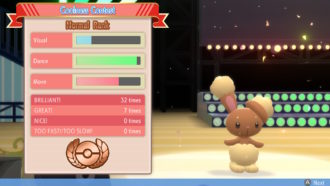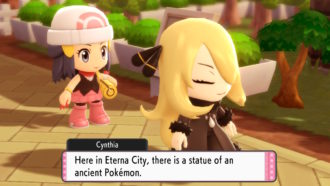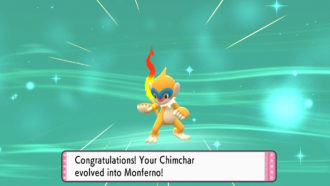Pokémon Brilliant Diamond and Pokémon Shining Pearl, which will henceforth be referred to in this review as BDSP, has been long-awaited by fans. I count myself among them – Pokémon Diamond and Pearl was my very first Pokémon generation, so I am very attached to it. However, that doesn’t mean I won’t hear any criticism of the games where it’s warranted. Despite what Gen 4 did right, it had a few distinct flaws that make it hard to go back and replay. Going into BDSP, I was keenly looking out for not only the fresh coat of paint that would be expected of any remake, but also for fixes for some of Gen 4’s more infamous qualities. I found what I was looking for, but it has come at the expense of some of the trappings that have befallen the more modern Pokémon entries.
For the purposes of this review, we were given Pokémon Brilliant Diamond.
“… beautifully remade while still keeping that nostalgic factor.”
As a remake of Diamond and Pearl, BDSP is almost completely faithful. The gyms are the same, rival encounters are unchanged, even the various types of trainers you encounter have kept their designs, with the new animations breathing some life into their previously static poses. Anyone who missed out on these titles the first time around won’t be missing anything by picking up these remakes, while returning fans can relive this classic adventure with nothing missing.
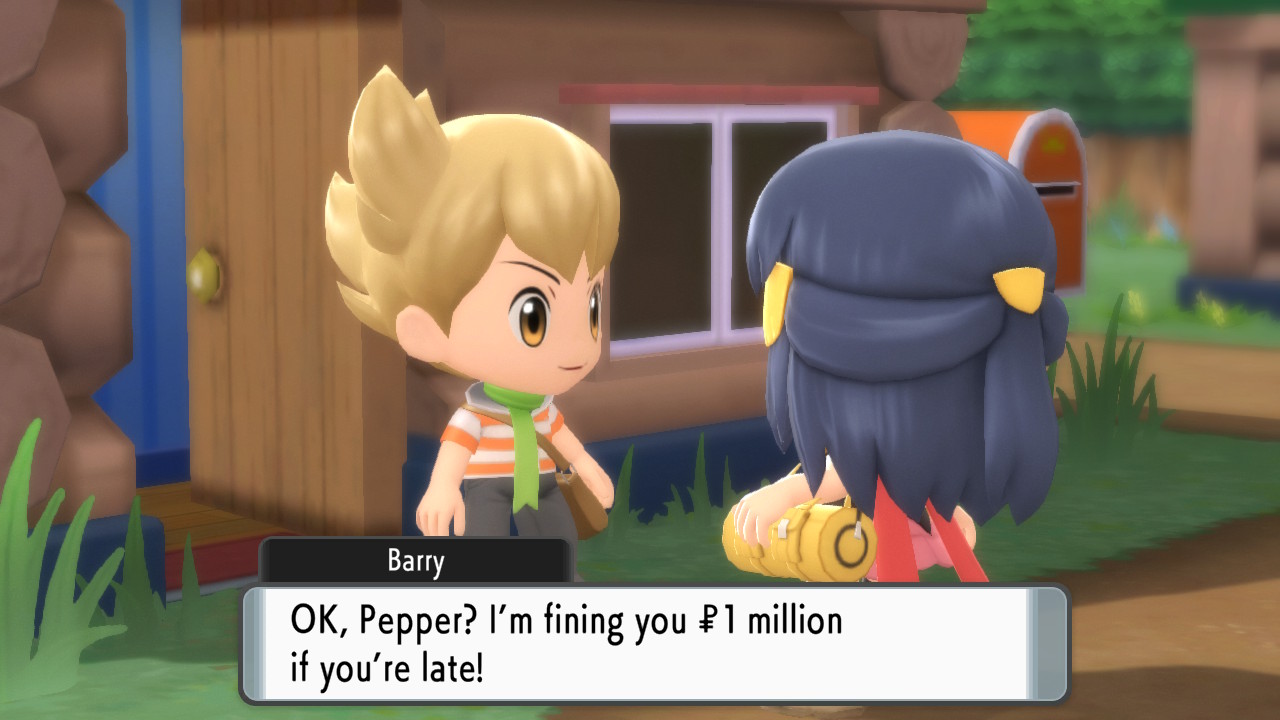
The game’s iconic music tracks have been beautifully remade while still keeping that nostalgic factor. Bringing the tiny 2D sprites into 3D is no easy task, but I admit I’m not in love with the 3D models we got. They’re fine, but that’s all I can say about them – the huge-headed chibi-looking models look unpolished and without much personality. While mid-battle though, we get to see the full-sized characters, which is much better.
That’s not to say that nothing has changed: there are a great many changes that bring BDSP in line with modern Pokémon games, for better or for worse.
A generational problem
BDSP has brought through the EXP share system from Pokémon Sword and Shield: EXP is shared to all Pokémon in your party, with the Pokémon who participated earning more than the rest. As it’s no longer an item that can be turned on or off but a built-in mechanic, there’s no escaping it. On one hand, this completely eliminates one of Gen 4’s biggest problems: the grind. Gen 4 was very unforgiving in this regard, requiring much time spent grinding on lower-level wild Pokémon after you’ve already exhausted all the available trainers. Blessedly, this is no longer necessary, but now the problem’s on the other foot. The EXP earned is too much, making it easy to become quickly over levelled and thereby removing much of the original game’s challenge. That being said, this remake still challenged me more than Sword and Shield, which I found disappointing easy.
The silver lining is that you might be inspired, like I was, to use the extra EXP to train more than one team of Pokémon. The generous amount of EXP your team gets means that you can swap out each Pokémon as they inevitably become over levelled, without needing to waste too much time training a new one from scratch. And now that you can access your PC box from anywhere, it doesn’t pose as much of an interruption to your adventure at all.
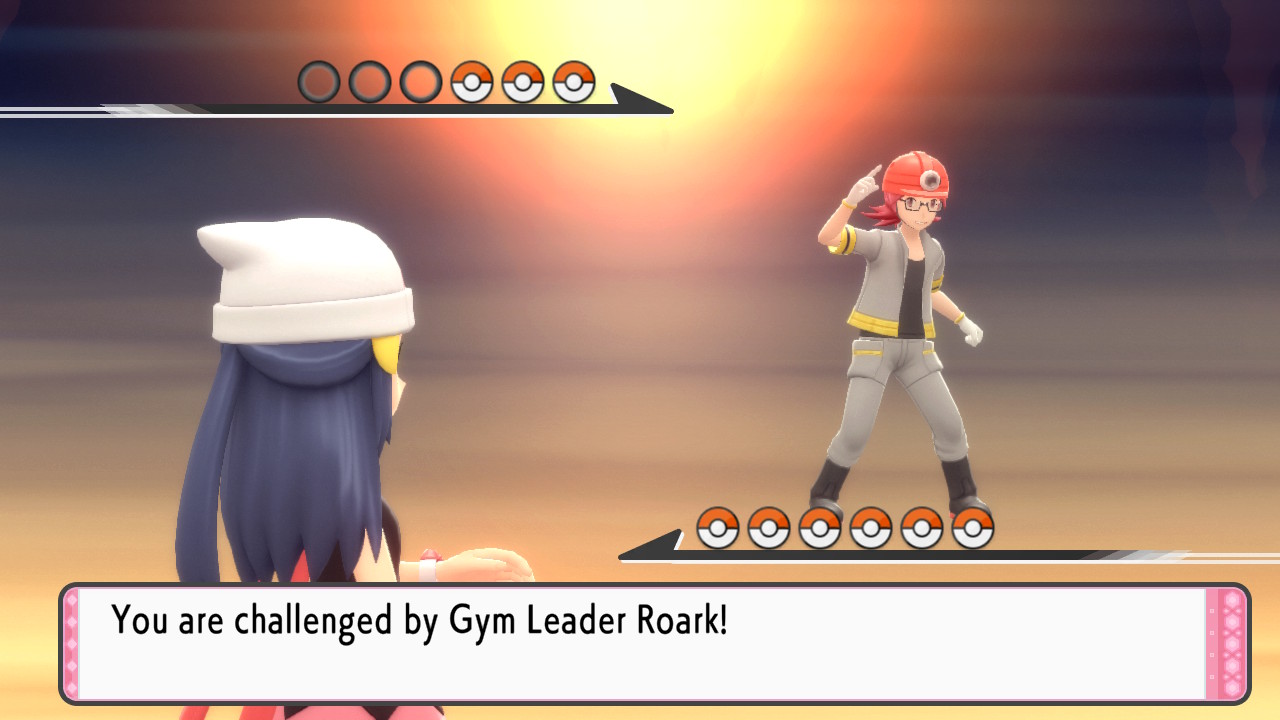
My disgruntlement of getting through the game easier than I would have liked is outweighed by my relief that I don’t have to do all that grinding. With that being said, I’m not a fan that there is no way to turn the EXP sharing off, nor a way to turn off the game telling me which attack will be effective against what.
I suspect this is a generational thing: older players who grew up with no EXP shares or hints will probably feel nostalgic for the good ol’ days, while players who began their Pokémon journeys with the Switch titles likely won’t understand what we’re moaning about. It’s unlikely that Game Freak can cater to both generations at the same time, which begs the question why such accessibility options can’t be turned on and off at will. Nothing ill has ever come of allowing players to choose their own difficulty, regardless of what some very ‘passionate’ gamers on Twitter might argue.
Aside from changes to mechanics, BDSP hasn’t added too much new content to Diamond and Pearl. The changes that have occurred are on the game’s side activities, namely the Underground and the Super Contest.
On the Stage and Underground
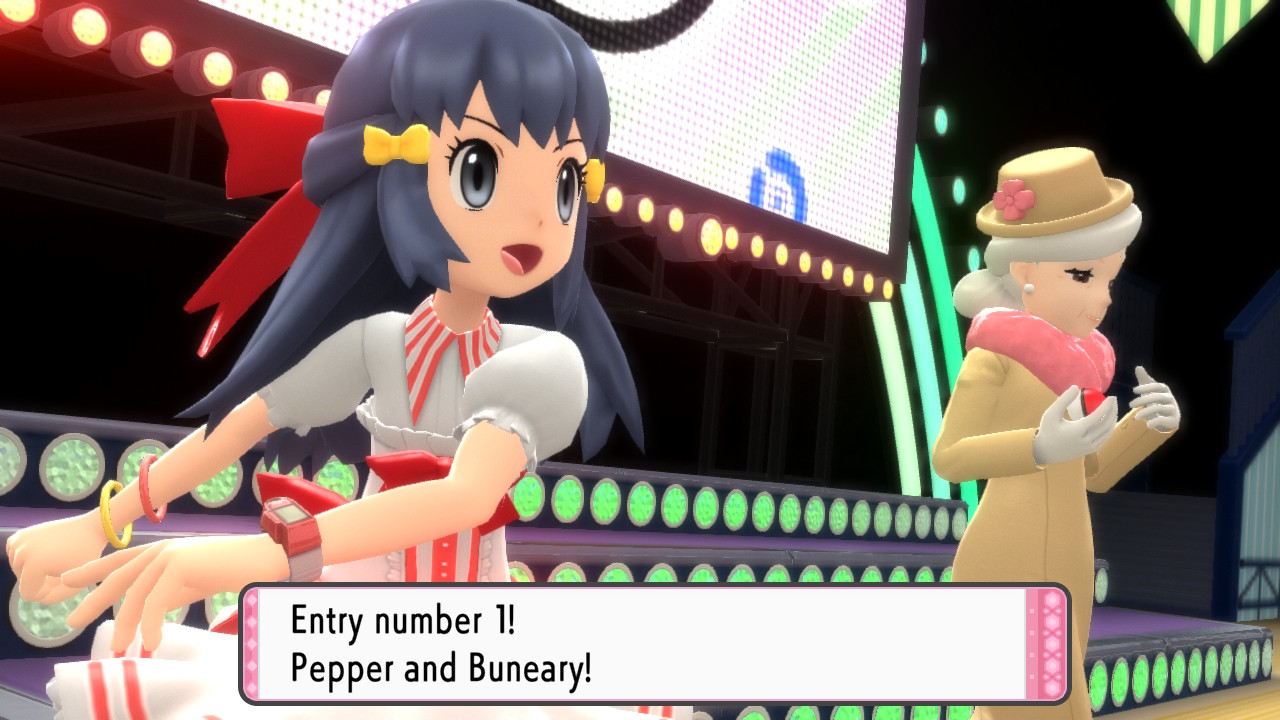
The Super Contest Show has changed the way it does things, though it’s hard to say it’s for the better. It’s simply different: all 3 phases of the show have been rolled into one. There’s still a rhythm element, while at the same time you can show off your Pokémon’s moves at the perfect time to impress the judges.
You can still make poffins for your Pokémon to increase their effectiveness in contests, though now that there is no stylus to accompany the minigame, the controls are incredibly uncomfortable. Spinning the Joy-Cons in circles brings back some bad memories of that infamous Mario Party minigame, and there’s no option to use the touchscreen at all. In fact, many of the touchscreen functions have been removed, even though the Switch could obviously accommodate. Battle options and moves can no longer be selected by touch, which just seems wrong for a game that was first released on the DS. Strangely, you can use touch to use your PokeTech Watch – a gadget given to you early in the game with several mildly useful functions – and you can still polish your gym badges. But the main touch functions are sorely missed.
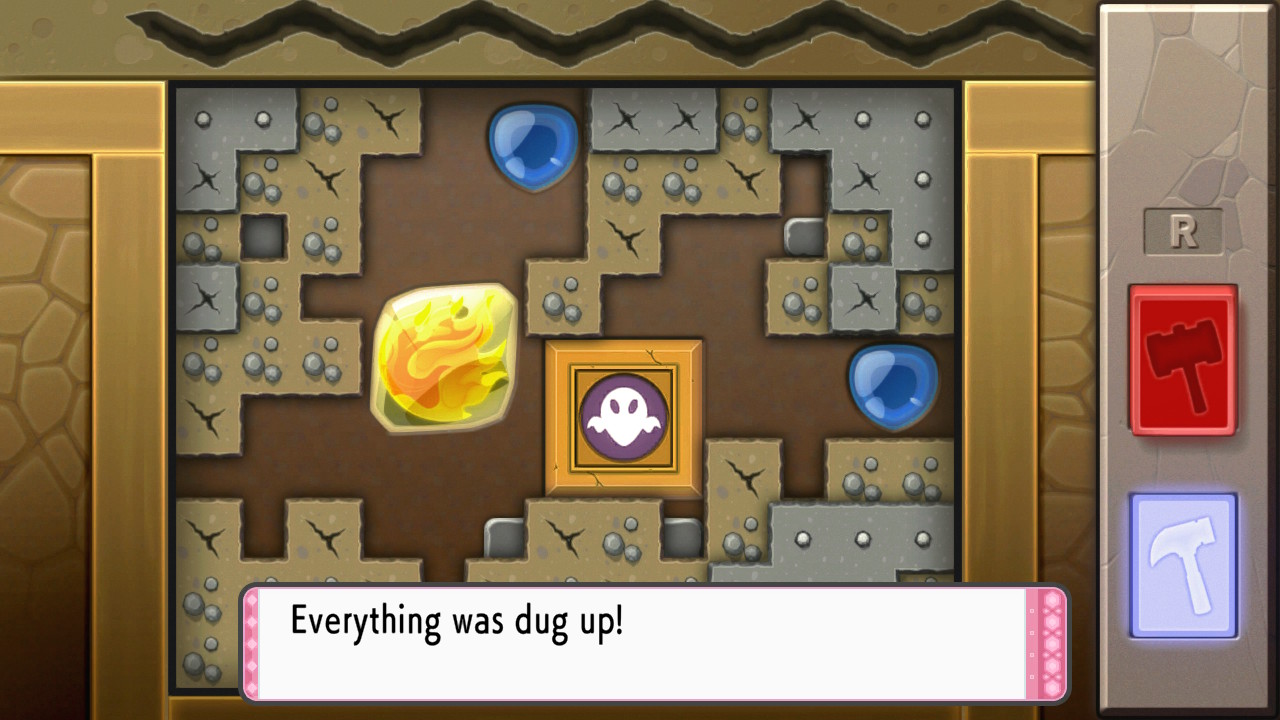
Under Sinnoh, there is a maze-like series of passageways called the Underground, now called the “Grand Underground” in BDSP. You can once again mine the walls for various bits and bobs that can be placed in your underground base or traded for items, as well as for evolutionary stones and Pokémon fossils. Added to BDSP are Pokémon Hideaways, which are rooms within the Underground that house rare Pokémon that you might not otherwise find in the wild. Pokémon statues, which are are a new item you can find while mining, can raise the chance of finding certain types or rare ‘mon.
With that being all that can be said for added content, it’s easy to find a few places in Pokémon Brilliant Diamond where more could have been done to make it a truly outstanding experience. I didn’t expect any crazy changes, but I was surprised that the game didn’t even include any Pokémon from newer generations. The updates and small additions that do exist are good, but most of the joy I experienced from BDSP came from playing such a faithful recreation of my favourite Pokémon generation. This alongside a slight lack of polish prevents Pokémon Brilliant Diamond from holding a candle to the legendary remakes that were SoulSilver and HeartGold. The lack of Pokémon Platinum is also disappointing to see, especially since the previous remake, Pokémon Omega Red and Pokémon Alpha Sapphire, included content from Emerald. – BDSP may add this as DLC later on, but all things considered, it seems like Nintendo wasn’t too interested in pushing the boat out for these particular remakes.
8
Great
Positive:
- Faithful recreation of the original Gen 4 games
- Fixes the need to grind so much from the originals
- Includes many quality of life updates from recent Pokémon titles
Negative:
- Over-generous EXP share with no option to turn it off
- Thin on new content
Pokémon Brilliant Diamond and Pokémon Shining Pearl are faithful recreations of the classic DS titles, updated with plenty of small, ease-of-life changes. While some fans might feel alienated by the features that have been added to make the game easier, the changes are a net positive that make the game a smoother experience all-round. The upgraded Underground is more involved and offers more things to do, and the remade music tracks sound beautiful. Although a lot more could have been done to make these remakes truly special, what’s here will make Brilliant Diamond and Shining Pearl a worthwhile experience for returning fans and new ones alike.
